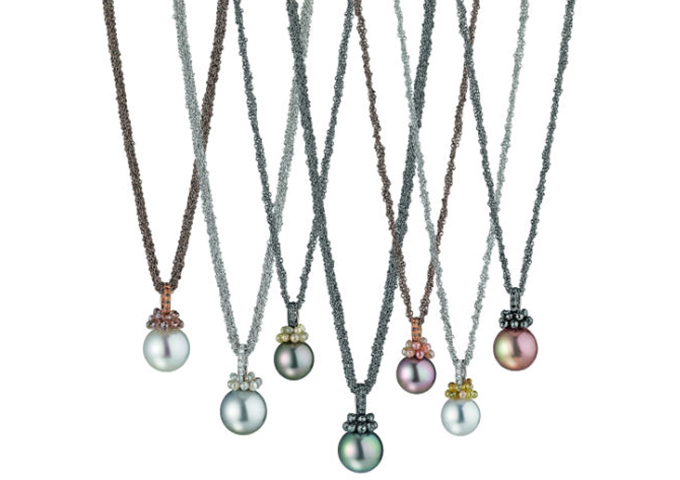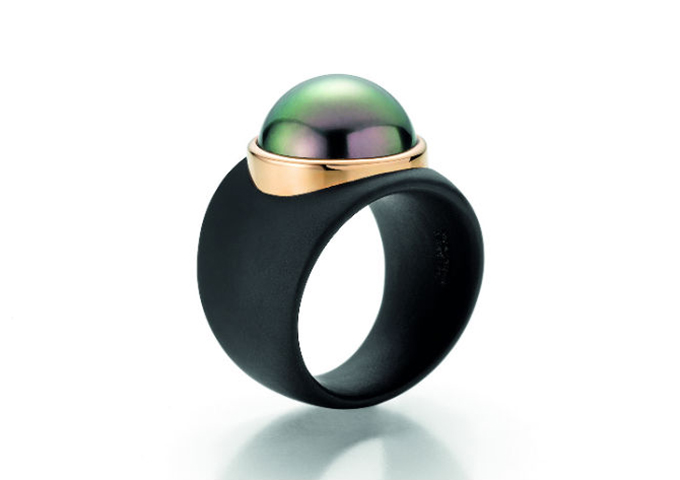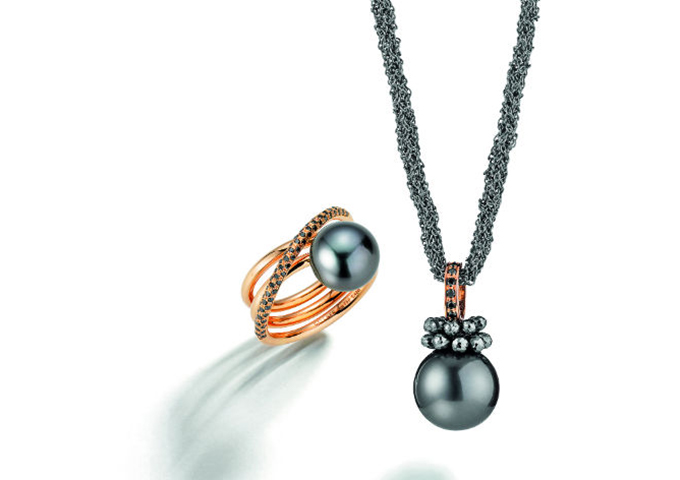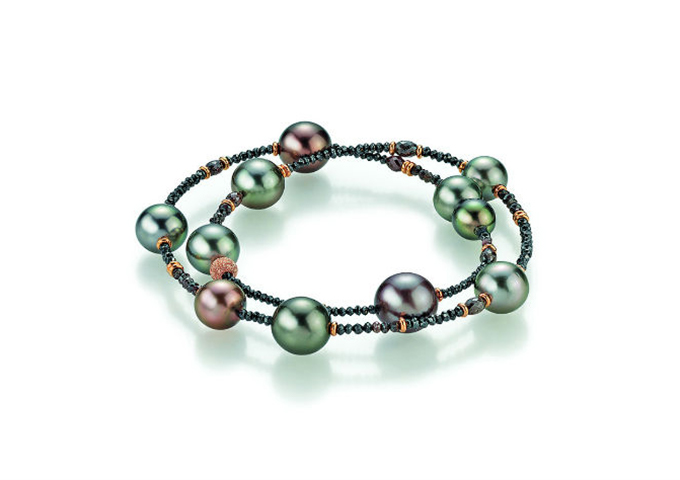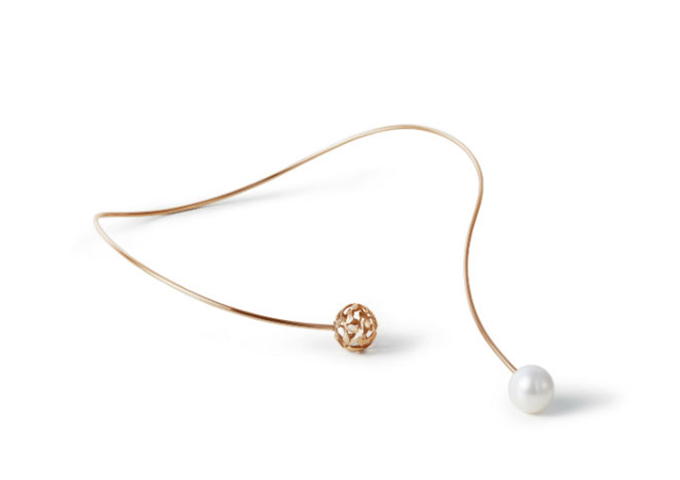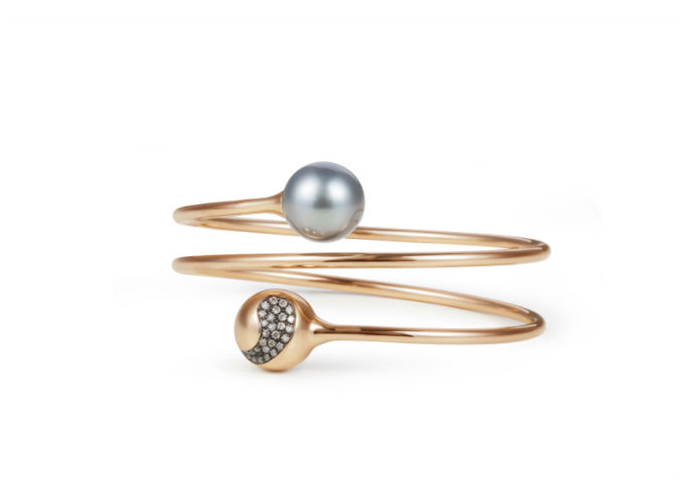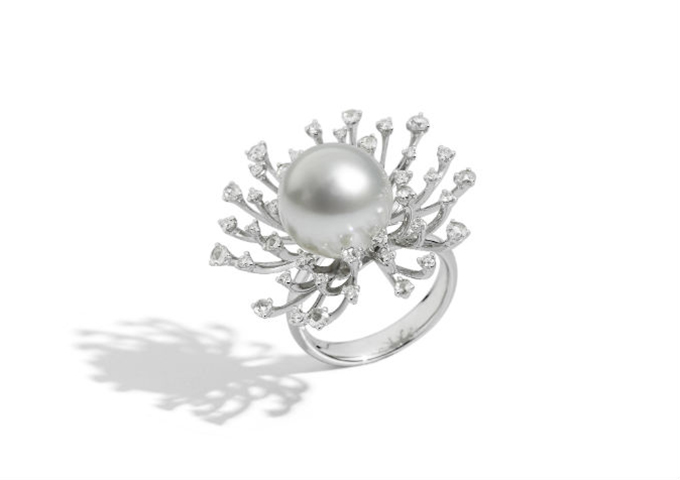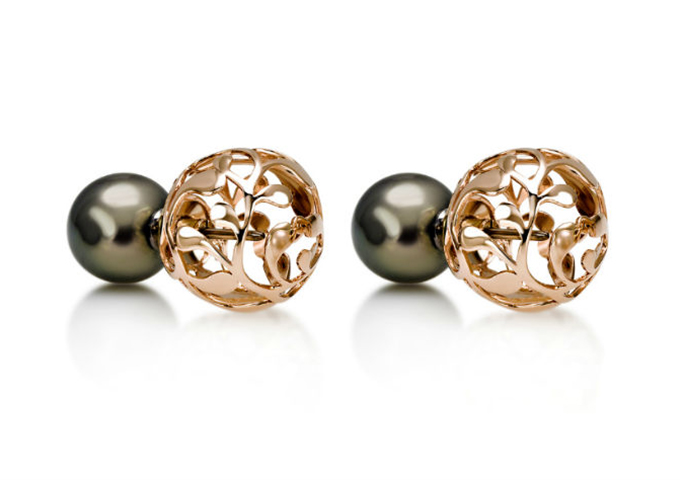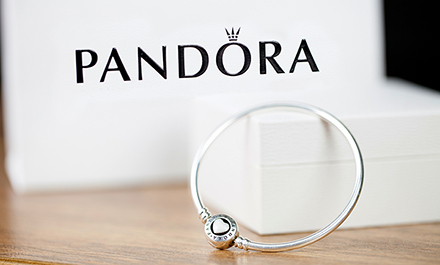With today’s buyers looking for more than just sophistication,
European brands are increasingly innovating to offer modern, rejuvenated pearl jewellery designs.
Pearl jewellers with decades of expertise in the field are embarking on a journey of reinvention all in the name of giving the pearl a more contemporary appeal.
Take Germany's Gellner GmbH & Co KG for instance. For more than 50 years, the company has been producing beloved jewellery pieces adorned with Tahitian or South Sea pearls. But with buyers' preferences constantly evolving, some of its designs have likewise progressed.
In February last year, Gellner's “Stars in Heaven” ring won an accolade at the International Jewelry Design Excellence Award of the Hong Kong Trade Development Council. The piece, embellished with a Tahitian pearl centre gem in 750 rose gold and blackened stainless steel, previously earned first place at the Inhorgenta Award in 2018.
A jury member at Inhorgenta described the ring as a “real trendsetter for pearl jewellery of the next generation.”
According to Jörg Gellner, CEO of Gellner GmbH & Co KG, innovation is a critical design factor now more than ever. One of Gellner's highly sought-after collections, Rendezvous, is a successful reinterpretation of a classic design: The pearl drop necklace. What sets this new design, Rendezvous Petite, apart from the competition is its smaller, more delicate appearance, which is very feminine. The pearl drops, which come in sizes of 10mm to 11mm, are further accentuated with diamonds.
In response to high gold prices, the jeweller likewise offers a few lightweight pieces such as a hollow ring with a retail price of €1,400 (around US$1,557). A solid ring would otherwise sell for €2,000 (around US$2,225) at retail. Selling pure pearl strands has become more challenging now since these pieces are often more conservative and not as favoured as they used to be, according to Jörg.
Despite having more progressive designs, the company continues to put a premium on classic pearl jewellery since traditional, timeless pieces still have a following, he added.
“The market may not be the same as before as there's just not enough demand for classic pieces but there should be a lovely pearl necklace in every jewellery box. It's still a fantastic piece to wear in very special occasions,” he stated.
Apart from Tahitian and South Sea pearls, Gellner also uses nucleated freshwater pearls. Since its inception, the company has built a solid customer portfolio in Germany, Austria, Switzerland, Scandinavia, Belgium, the Netherlands and Luxembourg.
“We try to make collections that can stay active for as long as possible,” noted Jörg. “For instance, our diamond necklaces introduced 15 years ago are still popular. We can also change the size of the pearl, or tweak the style a bit, but not too often. It's important that pearl jewellery is enjoyed and loved for a long period of time.”
Understanding pearls
Anna Gaia, CEO of pearl jewellery specialist Utopia, also recognises the difficulty of pleasing the final consumer who is more discerning and sophisticated. Utopia is the fine jewellery brand of Italy-based manufacturer Gaia spa.
Two trends have recently emerged in the pearl jewellery sector, according to Anna: A reinvention of the classic look as well as a more modern, casual design.
Since ultra-special and unique pieces don't classify as everyday-wear jewellery, buyers remain on the lookout for an elegant piece for formal evening events. On the other hand, there is also a need for lighter, more subdued jewellery pieces that can be worn daily.
This is where Utopia's speciality comes to the fore. “The concept of Utopia is to give pearls a more contemporary appeal. Pearls are beautiful gems, but sometimes people don't understand them,” revealed Anna.
Using the pearl's innate splendour and combining it with interesting aspects from history, art or nature, Utopia consistently offers inspired jewellery collections with South Sea and Tahitian pearls at the centre. Recently, the company started producing freshwater pearl collections, which are more affordable.
One of the highlights of 2019 for Utopia is the Miró collection, which was influenced by the works of Spanish surrealist Joan Miró. The designs symbolise a gratifying contrast between the pearls' delicate, smooth exterior and diamond-studded geometric patterns such as squares, rectangles and hexagons.
Another best-selling jewellery line, Bolero, meanwhile drew inspiration from the jasmine flower, which commonly grows in Italy. The pearl-centric designs pay homage to the simplicity and purity of jasmine's petals.
Over the years, Utopia also started developing jewellery pieces with detachable pearls, making its collections evermore versatile – a trait that's highly sought after by today's female purchasers.
Inspiration also come from customers whose suggestions are always taken into account, highlighting the need to maintain strong relationships with clients. “It's important to listen to their needs. Whenever a retailer has an idea or a specific request, we try to consider it and see if it can be translated into a design or a collection,” the jeweller said.
Utopia has made a name for itself in Russia, Kazakhstan, Azerbaijan, the Middle East and some Asian countries.
Moving forward, the brand is setting its sights on the Asian market. “Asians have a certain affinity for pearls; it's in their culture. We want to see if we can further develop this market,” noted Anna. “The combination of Italian designs and high-quality pearls can be attractive to Asian buyers. With more people having larger disposable incomes, Asia is poised to become the next frontier for the jewellery market.”




